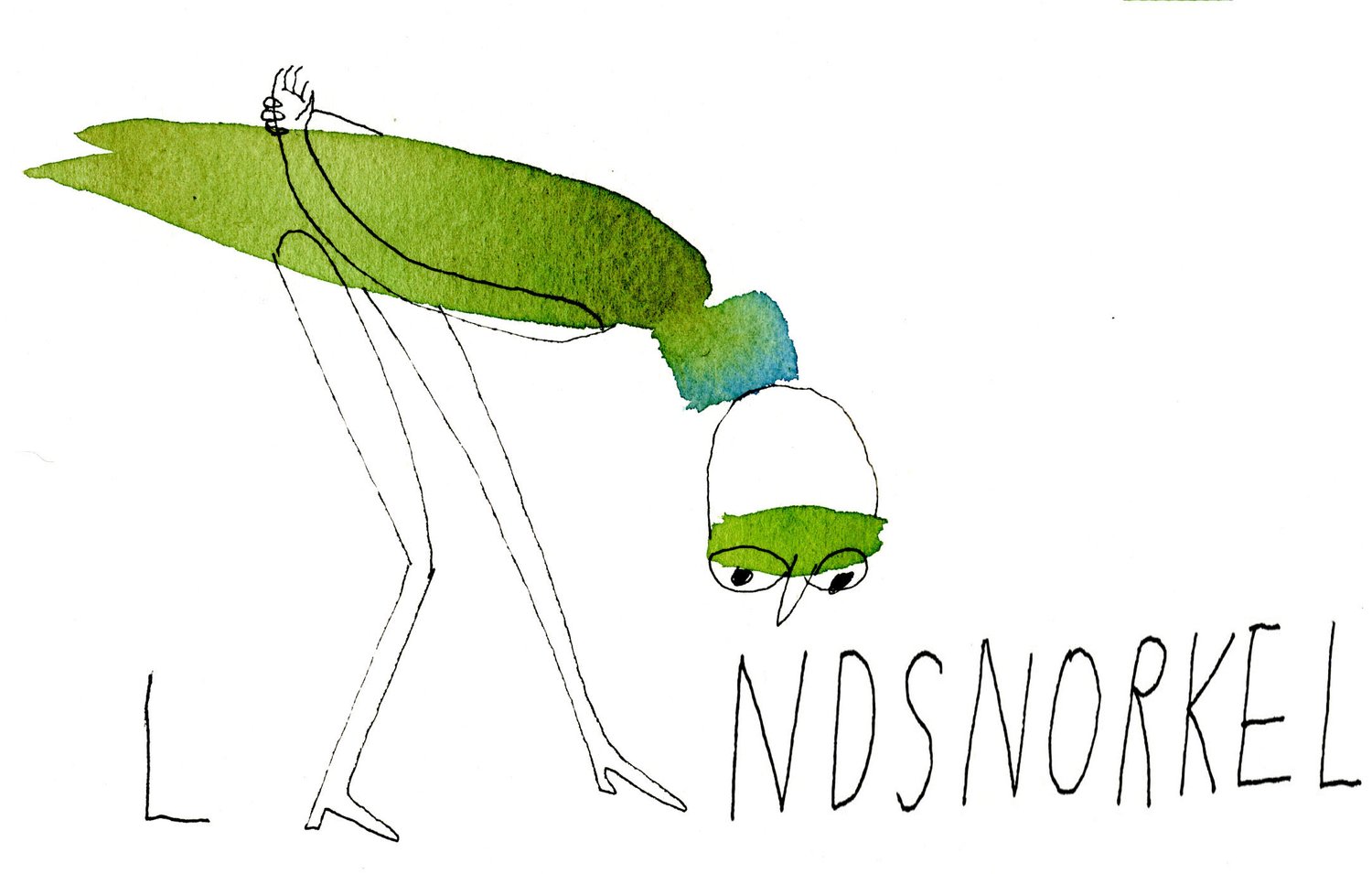5 Animals that Outsmart Winter on the Northern Plains
Original Article Here: newswatch.nationalgeographic.com While parts of the U.S. bundle up for extreme winter weather, the animals on American Prairie Reserve (APR) have enjoyed several warm weeks in January. Since my last trip to the Reserve earlier this month, our staff and volunteer adventure scientists have spotted bison, mule deer, and large groups of pronghorn moving with ease across the landscape. Greater sage grouse, mouse and rabbit tracks weave between grasses and shrubs exposed by the melting snow. People are often surprised to learn how much life there is on the prairie in winter months, and I’m always fascinated by the species that can survive in a seemingly stressful environment. Here are five animals found on APR that have adapted to live masterfully in the snowy prairie ecosystem:

The prairie rattlesnake (Crotalus viridis) knows that falling autumn temperatures and shorter days mean that it’s time to find an underground hideout for winter. Since they can’t dig on their own, the snakes take advantage of the hard work of other plains creatures, like prairie dogs, to head below the frost line. They remain in dens until spring sunshine and warmer land temperatures draw them back out again.

Snowy owls (Bubo scandiacus) arrive on the Reserve sporadically but not without purpose as these nomads search for food and juveniles journey away from home for the first time. Thanks to their super insulating feathers, the typically tundra-dwelling owls can move fearlessly throughout the northern climes, with some birds heading to northeastern Montana in winter to take advantage of hunting abundant prey against an all-telling white backdrop.

Like prairie rattlesnakes, the plains spadefoot toad (Spea bombifrons) heads underground when cold weather hits. These crafty creatures, however, can dig their own burrows in loose soils thanks to the spade-like bony part of each of their hind feet (they dig in backwards!). Once settled, the toad lies dormant until spring, when rainfall prompts their return to the surface for breeding in nearby water sources.

In addition to a thick, water-repelling winter coat, plains bison (Bison bison) have a muscular neck and low head placement that’s perfect for pushing snow to find food and move across a winter landscape. As if that’s not burly enough, bison are also known to head face first into approaching storms, unfazed by blowing snow as they walk out of the storm instead of waiting it out.

Rough-legged hawks (Buteo lagopus) are named for their uniquely feathered legs (all the way to their toes!) that help retain warmth in frigid habitats. While these hawks breed in the arctic tundra, they migrate south to wintery plains and can be seen perched over snow-covered grasslands or hovering almost motionless waiting to pick up meals from above. American Prairie Reserve (APR) is assembling a world class wildlife reserve in northern Montana, with the goal of one day creating a seamless 3.5 million acre grassland ecosystem. APR’s President Sean Gerrity is a National Geographic Fellow. Learn more about the Reserve, including progress to date and how to visit, on the Reserve’s website.

